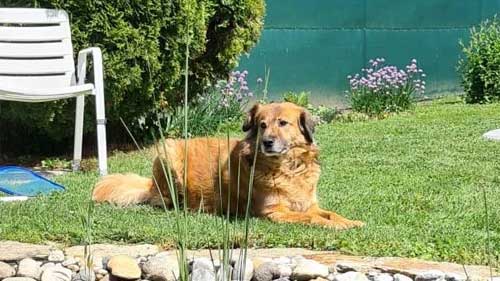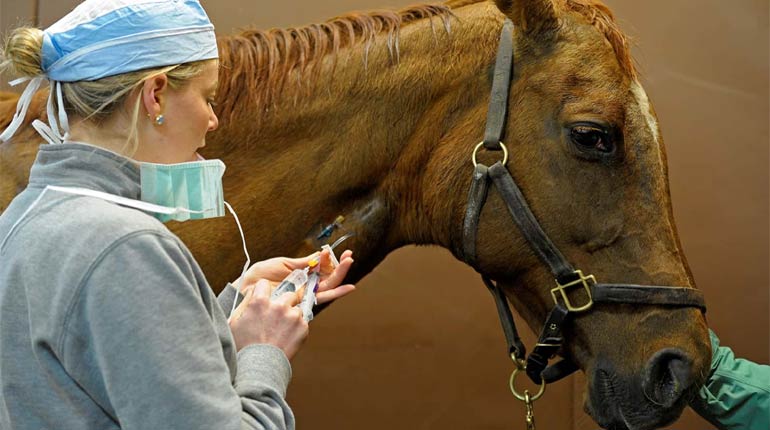
You may be aware of just how overpowering and draining anxiety can be at times – and this can also be said for an anxious dog, especially if they have been through previous trauma or are fearful of certain triggers.
Caring for an anxious dog is not easy and requires patience and support to enable your pup to see the light at the end of the tunnel. The difficulty is that it’s hard for dogs to communicate their anxiety, and it is natural to get the wrong idea that they are simply being troublesome.
Some of the most common signs of dog anxiety include:
- Pacing
- Excessive panting
- Whining
- Trembling
- Vomiting
- Diarrhea
- Aggression
- Barking and howling
- Hiding behind furniture
If your dog is exhibiting any of the above symptoms, there are many ways you can tackle the issue, as follows:
Talk to Your Vet
The first step in conquering your dog’s anxiety is to talk to your vet about any concerns. It would be worth making a note of your dog’s triggers beforehand to determine whether you could be the root cause; however, a vet will be able to identify any medical concerns which could be instigating the symptoms.
If you have recently welcomed a new dog into your home, be it from a breeder or rescue shelter, it’s vital to make sure your furry friend is registered with a reputable veterinarian Columbia sc. That way, you’ll have instant access to help when your dog needs it, and in some circumstances, your vet may recommend anti-anxiety medication to help ease your anxious dog’s symptoms.
Hire a Dog Trainer
In some cases, training may be the answer to easing your dog’s ears. Professional trainers have had years of experience diagnosing and treating anxiety conditions in dogs; therefore, don’t lose faith if you believe that your dog’s condition is too severe to be overcome.
An expert dog trainer will use positive reinforcement theories within their methods and praise the dog when they start to make improvements. Avoid trainers who use any form of punishment as part of their training procedures – these kinds of trainers can make your nervous dog’s behavior regress and become much worse.
Give them Plenty of Exercise
Anxiety can arise as a result of boredom or having too much energy. Therefore, it would be wise to give your dog as much exercise as possible to tire them out and restore a sense of calm.
Dogs should be walked twice per day on average to keep both their mental and physical health in check; however, this will depend on the age and breed of your pooch. The stimulation of the senses while exploring the great outdoors will act as a form of distraction and give them something else to focus on as opposed to their fears.
Create a Safe Space
Dogs can get anxious over a variety of things – even in their own home. Giving them a safe space where they can retreat when they feel overwhelmed can significantly dampen their nervousness. When creating a safe space, place a comfortable bed or crate out of the busy main living area (but not too separated from you either) and fill it with blankets, toys and treats.
Also, if you use a crate as your dog’s safe space, never close the door with them inside – your dog being locked in a cage won’t do them any favors and can make their anxiety and behavior worse. Instead, always leave the door open or remove it entirely. That way, they can come and go in and out of their refuge as they please.




